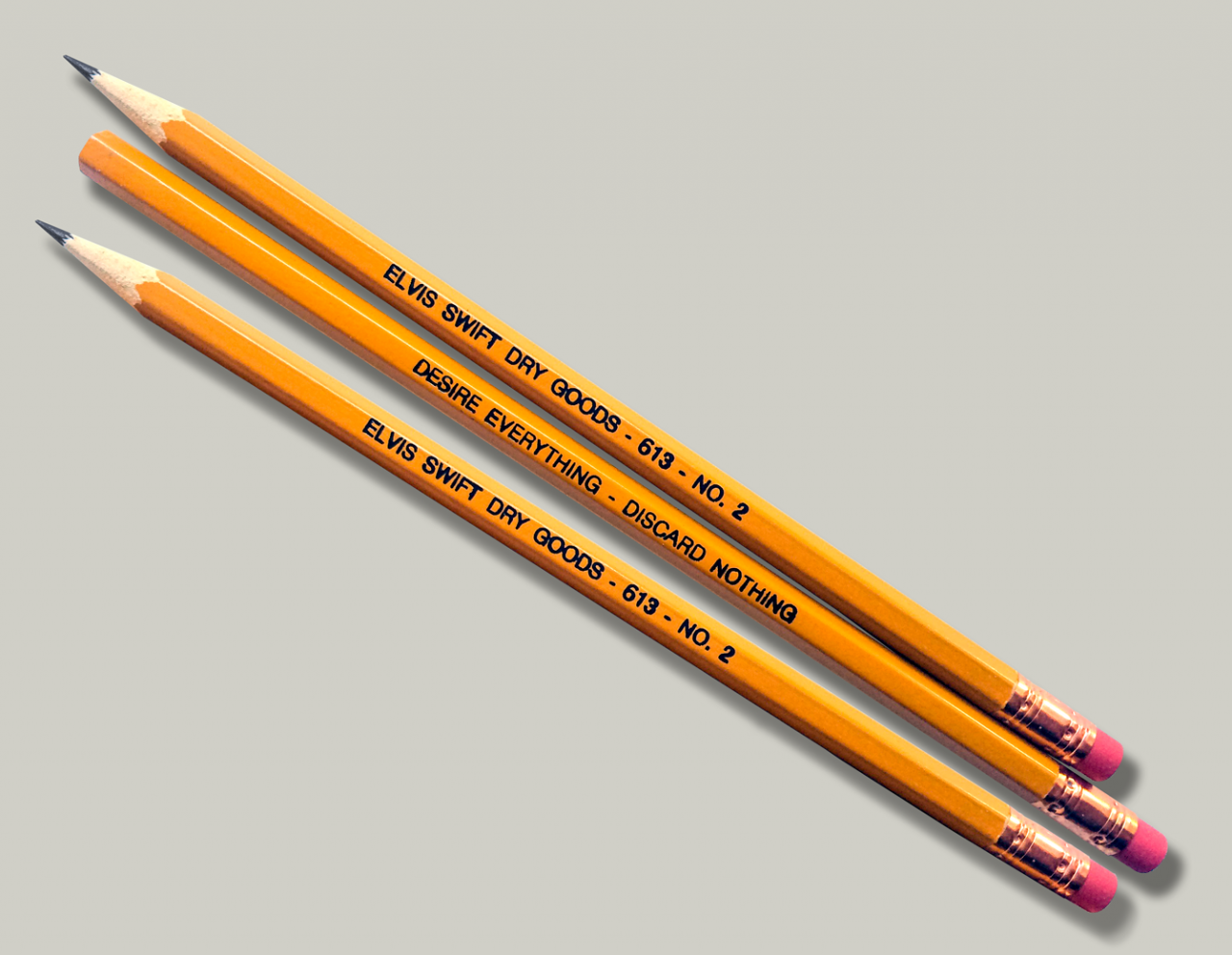
Pencil definition, an indispensable writing instrument, has left an indelible mark on history and continues to inspire creativity in countless ways. From its humble origins to its diverse applications, this article delves into the fascinating world of pencils, unraveling their components, grading systems, types, and cultural significance.
Pencils have evolved from rudimentary writing tools to sophisticated instruments, serving a multitude of purposes in education, art, and everyday life. Their versatility stems from the unique combination of graphite, clay, and wax, which create a range of hardness and darkness levels, enabling users to express themselves with precision and artistry.
Pencil Definition
A pencil is a writing implement that consists of a narrow, solid core of graphite or other material enclosed in a protective casing. Pencils are used for writing, drawing, and sketching, and are commonly found in schools, offices, and homes.
Historical Origins, Pencil definition
The earliest known pencils were made in the 16th century in England, when graphite was discovered in the Borrowdale region of Cumbria. These early pencils were simply pieces of graphite wrapped in string or sheepskin. In the 17th century, pencils began to be manufactured with wooden casings, which provided better protection for the graphite core.
The first pencils with replaceable lead were invented in the 18th century, and the modern pencil with a hexagonal barrel was patented in 1858.
Components and Construction
The core of a pencil is made of graphite, which is a form of carbon. Graphite is mixed with clay to create a paste, which is then extruded into thin rods. The rods are then fired in a kiln to harden them.
The hardness of the pencil is determined by the ratio of graphite to clay in the paste. The more graphite, the softer the pencil; the more clay, the harder the pencil.
The casing of a pencil is made of wood, plastic, or metal. Wood is the most common material used for pencil casings, and it is usually made from cedar or pine. Plastic casings are less durable than wood casings, but they are lighter and more resistant to moisture.
Metal casings are the most durable, but they are also the most expensive.
Pencils also have an eraser at one end. Erasers are made of rubber or plastic, and they are used to remove pencil marks from paper.
Closing Summary

Pencils, with their enduring legacy and adaptability, remain an essential tool in the hands of writers, artists, and students alike. Their simplicity and accessibility have made them a universal symbol of education and creativity, inspiring countless masterpieces and shaping the course of human expression.
FAQ Insights: Pencil Definition
What is the main component of a pencil?
Graphite, a form of carbon, is the primary component of a pencil’s core.
How is pencil hardness determined?
Pencil hardness is determined by the ratio of graphite to clay in the core. A higher proportion of graphite results in a softer pencil, while more clay produces a harder pencil.
What are the different types of pencils?
Pencils come in various types, including mechanical pencils, colored pencils, charcoal pencils, and graphite pencils.





